Main Page
Table of content
Copyright
Foreword by Ivar Jacobson
Foreword by John Vlissides
Preface
How To Read This Book
Acknowledgments
Chapter 1. Design Concepts
Object Machinery
Roles
Object Role Stereotypes
Roles, Responsibilities, and Collaborations
Object Contracts
Domain Objects
Application-Specific Objects
Interfaces
Classes
Composition
Inheritance
Object Organizations
Components
Patterns
Frameworks, Inc.
Architecture
Architectural Styles
Design Description
Summary
Further Reading
Chapter 2. Responsibility-Driven Design
A Process for Seeing, Describing, and Designing
Writing the Script: Analysis Descriptions
Casting the Characters: Exploratory Design
Tuning the Production: Design Refinement
Summary
Further Reading
Chapter 3. Finding Objects
A Discovery Strategy
Looking for Objects and Roles, and Then Classes
Why Tell a Design Story?
Search Strategies
What's in a Name?
Describing Candidates
Characterizing Candidates
Connecting Candidates
Looking for Common Ground
Defend Candidates and Look for Others
SUMMARY
FURTHER READING
Chapter 4. Responsibilities
What Are Responsibilities?
Where Do Responsibilities Come From?
Strategies for Assigning Responsibilities
Implementing Objects and Responsibilities
Testing Your Candidates' Quality
Summary
Further Reading
Chapter 5. Collaborations
What Is Object Collaboration?
The Design Story for the Speak for Me Software
Collaboration Options
Strategies for Identifying Collaborations
Simulating Collaborations
Designing Good Collaborations
Making Collaborations Possible
When Are We Finished?
Summary
Further Reading
Chapter 6. Control Style
What Is Control Style?
COntrol Style Options
Making Trade-Offs
Developing Control Centers
A Case Study: Control Style for External User Events
Summary
Chapter 7. Describing Collaborations
Telling Collaboration Stories
A Strategy for Developing a Collaboration Story
Establishing Scope, Depth, and Tone
Listing What You Will Cover
Deciding on the Level of Detail
Choosing the Appropriate Form
Tell It, Draw It, Describe It: Guidelines
Organizing Your Work
Preserving Stories
Summary
Further Reading
Chapter 8. Reliable Collaborations
Understanding the Consequences of Failure
Increasing Your System's Reliability
Determining Where Collaborations Can Be Trusted
Identifying Collaborations To Be Made Reliable
Designing A Solution
Documenting Your Exception-Handling Designs
Reviewing Your Design
Summary
Further Reading
Chapter 9. Flexibility
What Does It Mean to Be Flexible?
Degrees of Flexibility
The Consequences of a Flexible Solution
Nailing Down Flexibility Requirements
Recording Variations
Variations and Realizations
The Role of Patterns in Flexible Designs
How to Document a Flexible Design
Changing a Working System's Design
Summary
Further Reading
Chapter 10. On Design
The Nature of Software Design
Tackling Core Design Problems
Frame the Problem
Dealing with Revealing Design Problems
Strategies for Solving Revealing Problems
Working on the Rest
Designing Responsibly
Further Reading
Bibliography
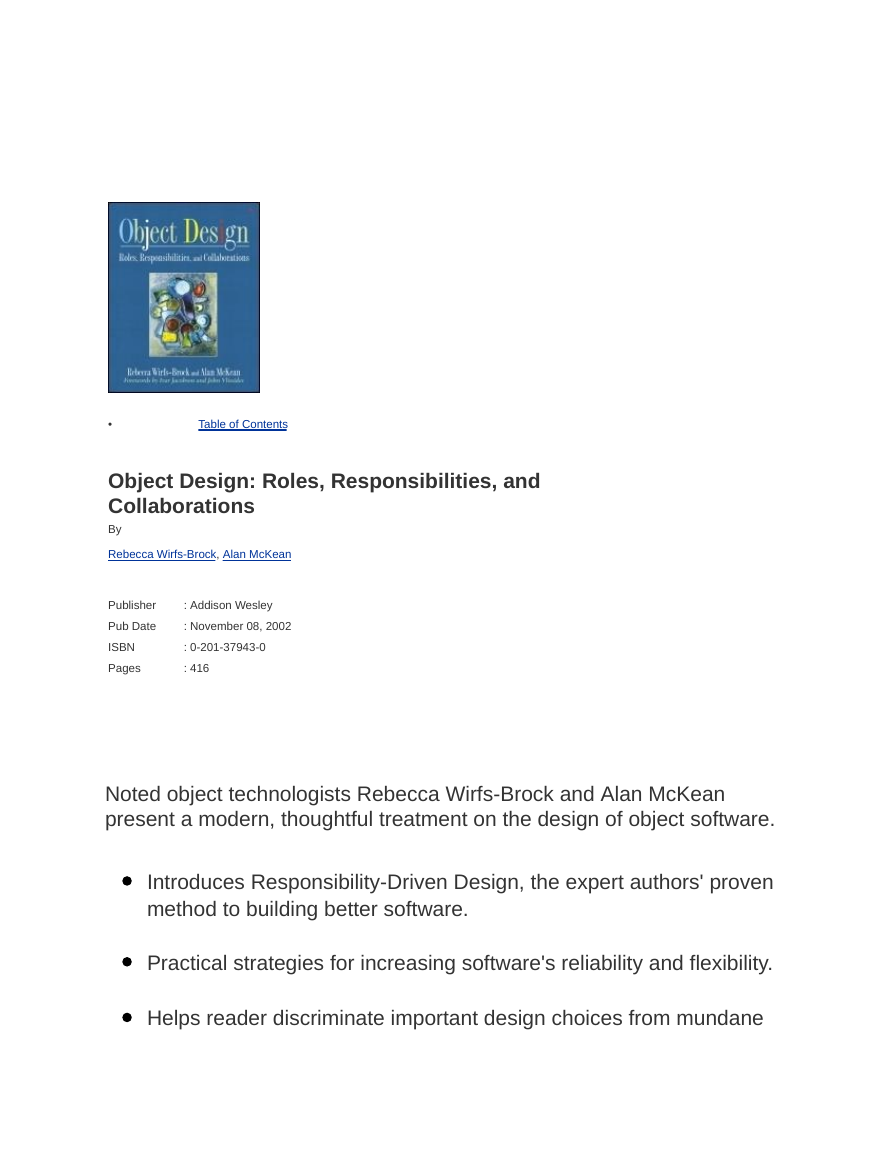
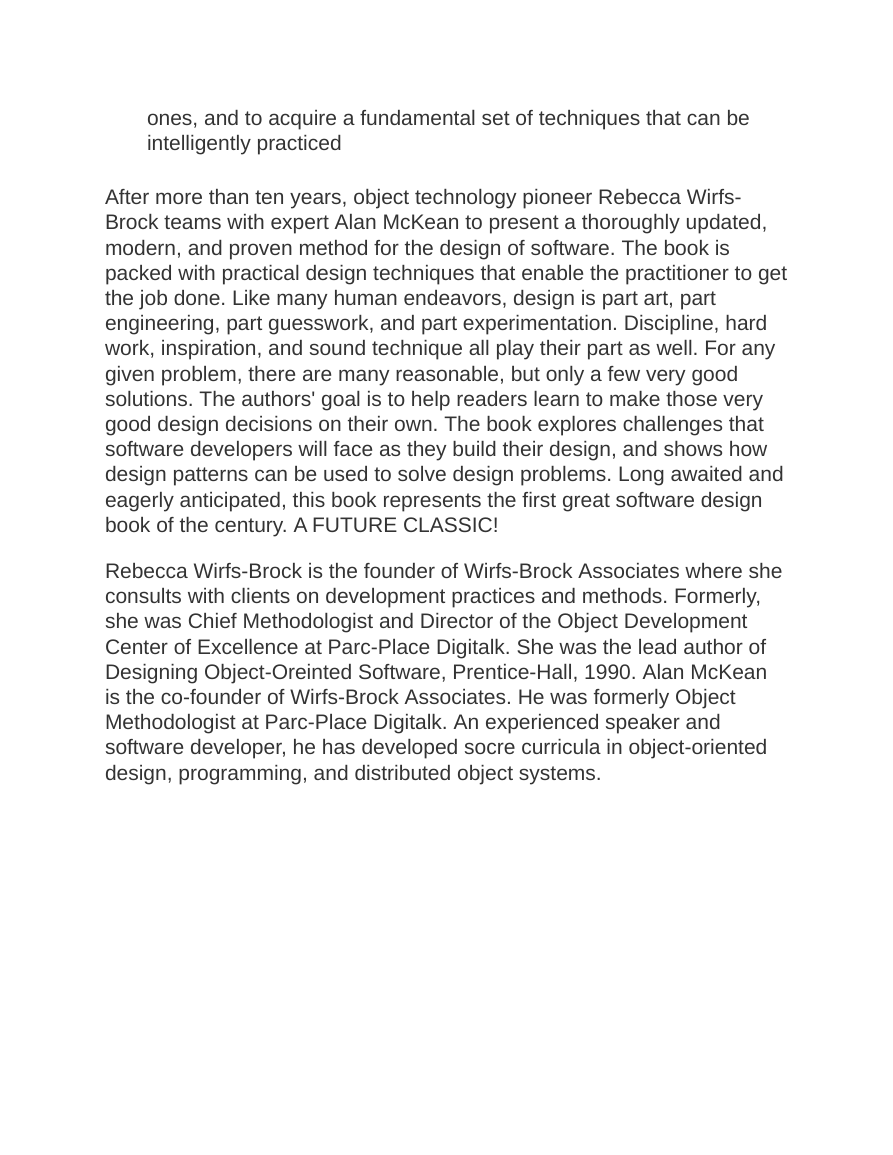
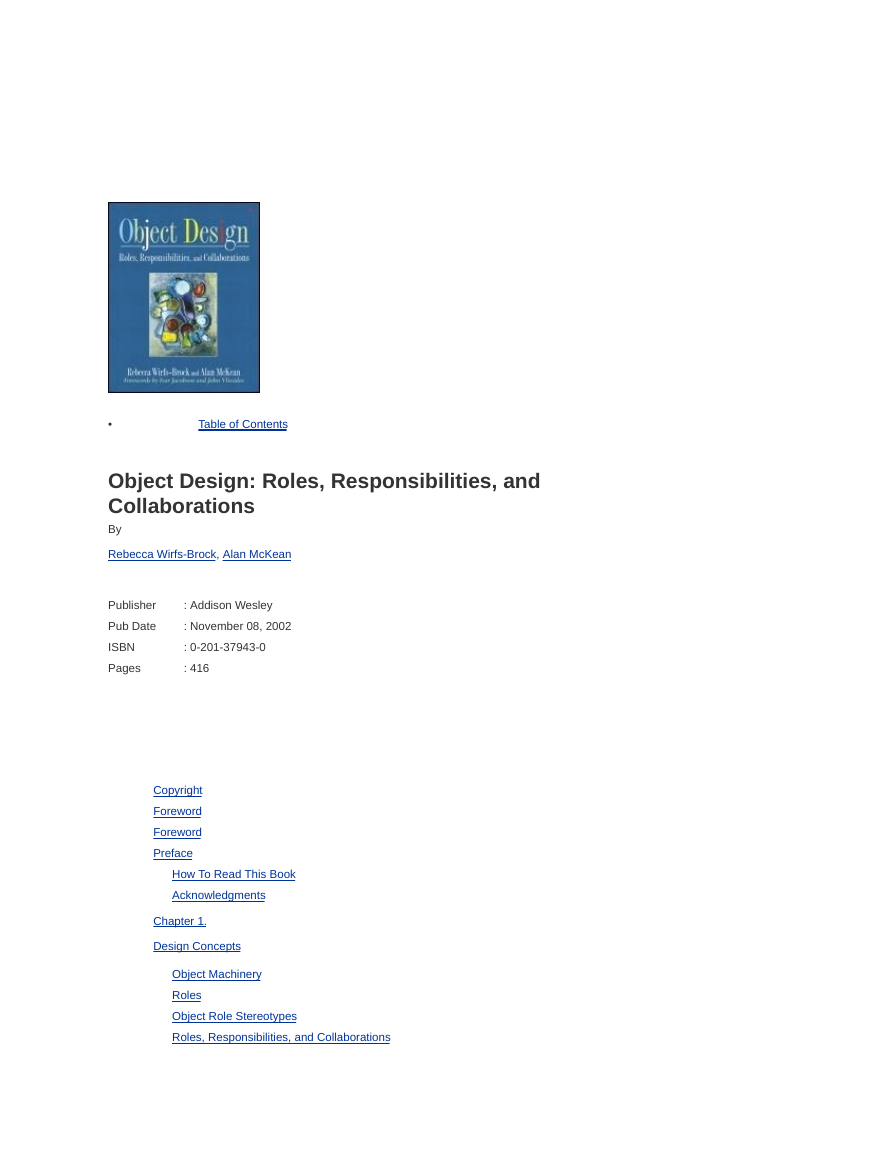
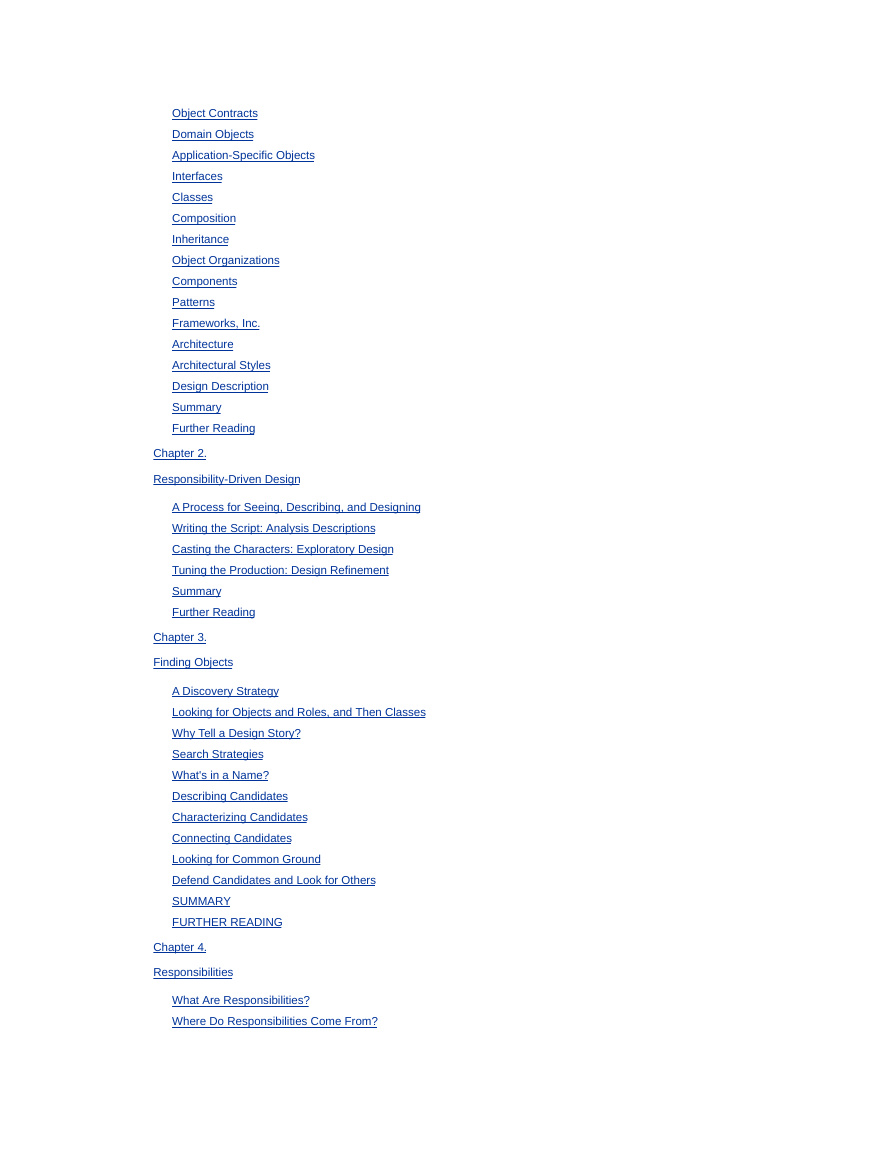
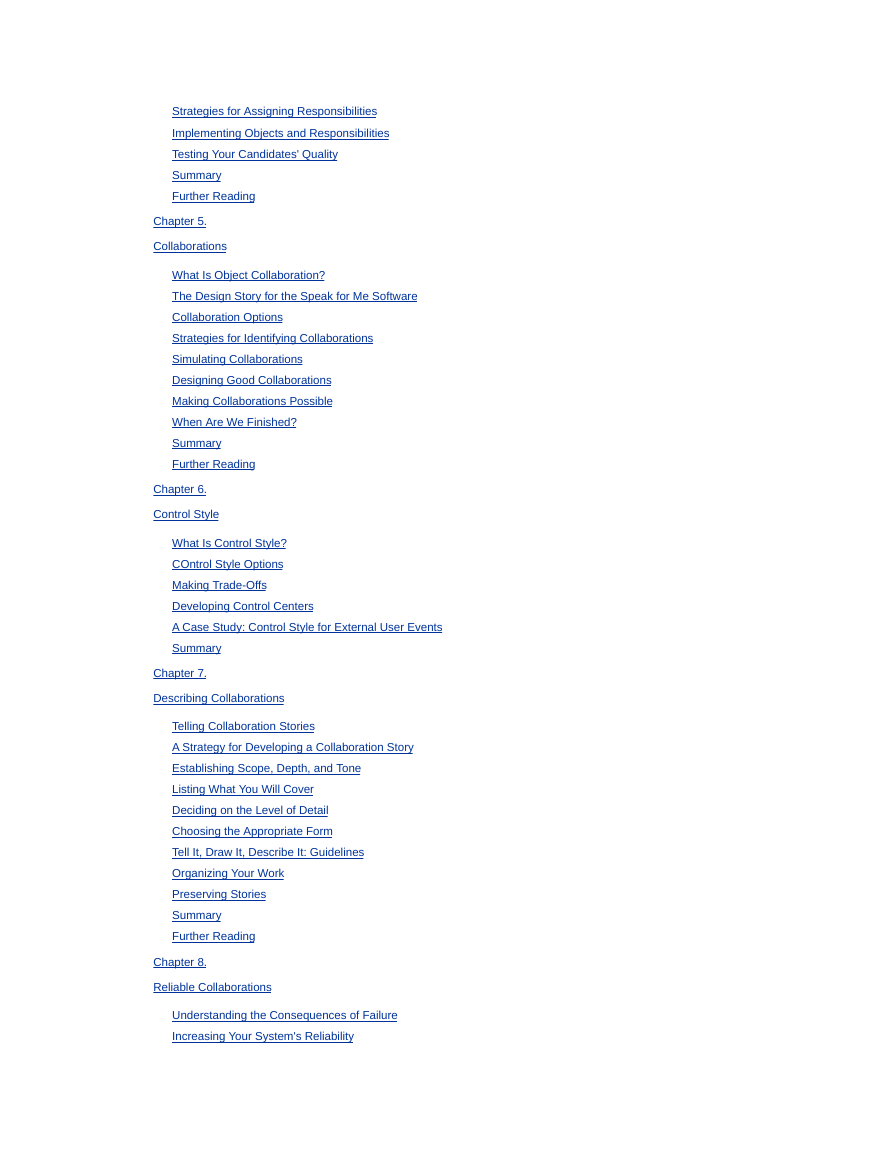
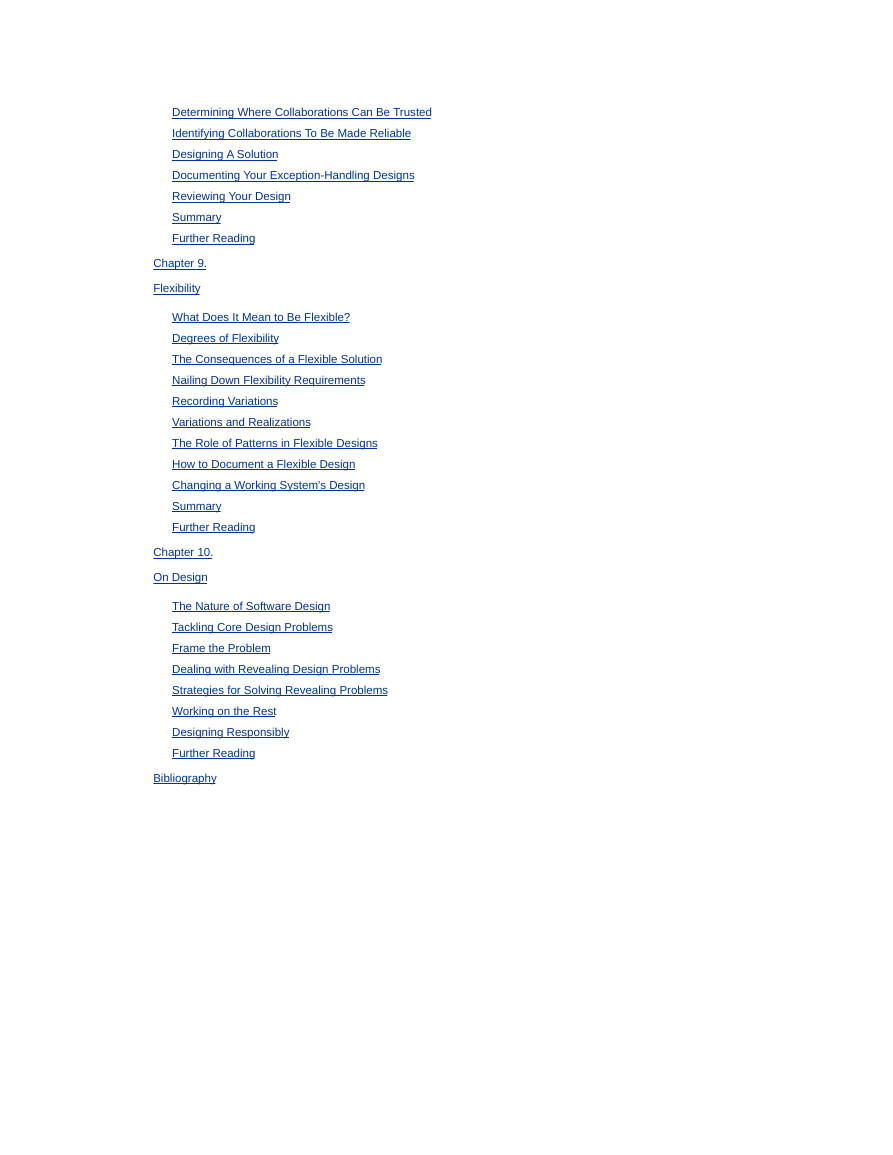

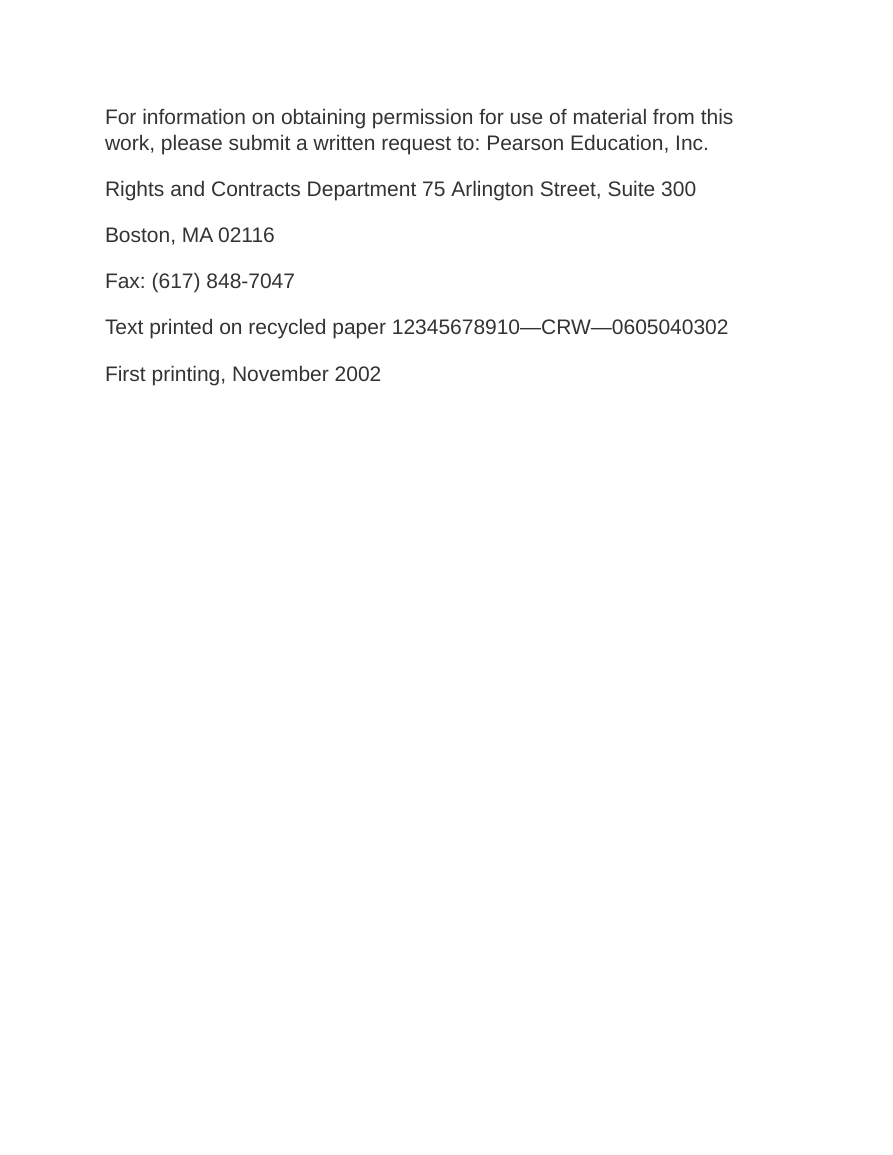








 2023年江西萍乡中考道德与法治真题及答案.doc
2023年江西萍乡中考道德与法治真题及答案.doc 2012年重庆南川中考生物真题及答案.doc
2012年重庆南川中考生物真题及答案.doc 2013年江西师范大学地理学综合及文艺理论基础考研真题.doc
2013年江西师范大学地理学综合及文艺理论基础考研真题.doc 2020年四川甘孜小升初语文真题及答案I卷.doc
2020年四川甘孜小升初语文真题及答案I卷.doc 2020年注册岩土工程师专业基础考试真题及答案.doc
2020年注册岩土工程师专业基础考试真题及答案.doc 2023-2024学年福建省厦门市九年级上学期数学月考试题及答案.doc
2023-2024学年福建省厦门市九年级上学期数学月考试题及答案.doc 2021-2022学年辽宁省沈阳市大东区九年级上学期语文期末试题及答案.doc
2021-2022学年辽宁省沈阳市大东区九年级上学期语文期末试题及答案.doc 2022-2023学年北京东城区初三第一学期物理期末试卷及答案.doc
2022-2023学年北京东城区初三第一学期物理期末试卷及答案.doc 2018上半年江西教师资格初中地理学科知识与教学能力真题及答案.doc
2018上半年江西教师资格初中地理学科知识与教学能力真题及答案.doc 2012年河北国家公务员申论考试真题及答案-省级.doc
2012年河北国家公务员申论考试真题及答案-省级.doc 2020-2021学年江苏省扬州市江都区邵樊片九年级上学期数学第一次质量检测试题及答案.doc
2020-2021学年江苏省扬州市江都区邵樊片九年级上学期数学第一次质量检测试题及答案.doc 2022下半年黑龙江教师资格证中学综合素质真题及答案.doc
2022下半年黑龙江教师资格证中学综合素质真题及答案.doc